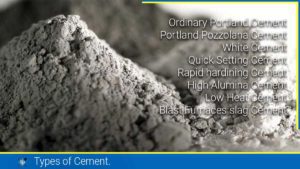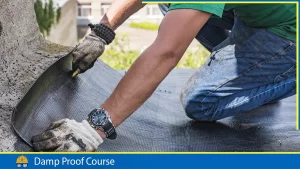Introduction
Ashlar masonry is a stone masonry technique that has evolved over time and has been used in many historic structures such as Machu Picchu, the Pyramid of Menkaure, and the Royal Tombs of Mycenae in Greece. In this masonry, stones of uniform size are laid with uniform thickness mortar, resulting in a similar appearance to that of block or brick masonry, but with a more appealing texture compared to random rubble masonry. In this article, we will discuss the various types of ashlar masonry used in construction.
Ashlar Masonry
Stone masonry that is accurately cut to a uniform size and clad with finely finished stones with mortar of uniform thickness, and with extremely fine bed and end joints is called ashlar masonry. The stone blocks are either square or rectangular in shape. The height of the stone used may vary from 250mm to 300mm. Additionally, the height of the block in each course is kept to a uniform thickness.
Types of Ashlar Masonry
In this type, the stone blocks are undressed or comparatively roughly dressed. The masonry has wide joints, since stones are of irregular size and rubble masonry may be of the following types: –
- Ashlar fine tooled
- Ashlar rough tooled
- Ashlar rock-faced
- Ashlar chamfered
- Ashlar facing
Ashlar Fine Tooled
This type of masonry is the finest of all types of stone masonry works. The stone blocks are cut to regular and required size and shape. The perfectly shaped stone gives perfect horizontal and vertical joints with adjoining stones. The joints are kept less than 3mm. The thickness of the course is generally not less than 150mm and the width of the stone is not less than the height of the stone.
Facing stones are normally placed as headers and stretchers in alternating courses. The height of the stones used in masonry should never be less than their width. The thickness of the mortar joint is kept uniform throughout and it should not be more than 5mm. The exposed joints are finely pointed.
Ashlar Rough Tooled
In such type of ashlar, the beds and sides of each stone block are finely chisel dressed just in the same manner as for ashlar fine tool, but the exposed face is dressed by rough tooling. A strip, about 25mm wide and made by means of the chisel is provided around the perimeter of the rough-dressed face of each stone. The size, angle, edges etc. are maintained in order, similar to that of finely dressed ashlar. The thickness of the mortar joint should not be more than 6mm. This type of masonry is also known as Bastard ashlar.
Ashlar Rock Faced
In this type of construction, the exposed face of the stone is not dressed but is kept as such to give the boulder face. However, a strip about 25 mm wide, made by chisel, is provided around the perimeter of the exposed face of each stone. Protrusions on the exposed face (known as bushings) over 80 mm in height are removed by gentle methods of hammering. However, each stone block is preserved according to its size, with a completely straight face and side beds, and the blocks are truly rectangular in shape. This type of masonry work gives a massive appearance. The height of each block may range from 15 cm to 30 cm. The thickness of the mortar joint may be up to 10 mm.
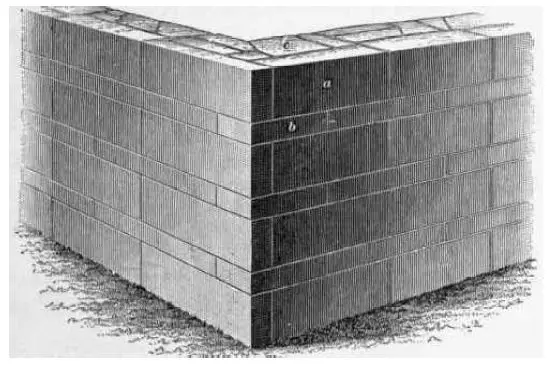
Ashlar Chamfered
It is a special type of stone face masonry in which the strip arranged around the entire perimeter of the visible face is chamfered or bevelled at an angle of 45° and a depth of 25 mm by means of a chisel. Due to this, a groove is formed between adjacent stone blocks. The space inside the strip is maintained with a rock surface, with the expectation that the large bushing protruding 80mm will be removed with a hammer.
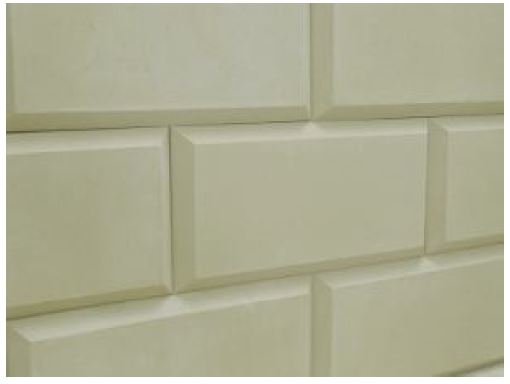
Ashlar Facing
Ashlar-facing masonry is provided along with brick or concrete block masonry, to give a better appearance. The sides and beds of each block are properly dressed so as to make them true to shape. The exposed faces of the stone are rough-tooled and chamfered. The backing of the wall may be made of brick masonry.
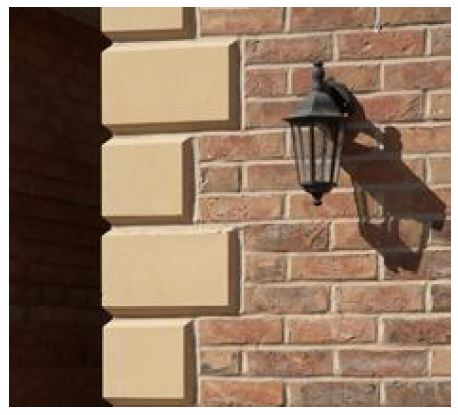
Frequently Asked Questions (FAQs)
-
Q: What is Ashlar masonry?
A: Ashlar masonry is a type of stone masonry technique where stones of uniform size and shape are laid with uniform thickness mortar to create a finished appearance similar to that of block or brick masonry.
-
Q: What are the different types of Ashlar masonry?
A: The two main types of Ashlar masonry are coursed Ashlar and random Ashlar. Coursed Ashlar consists of stones of uniform height, while random Ashlar consists of stones of varying heights.
-
Q: What are the advantages of Ashlar masonry?
A: Ashlar masonry provides a clean and elegant appearance to the structure. The stones used in such masonry are cut and finished with great precision, which ensures tight joints and a uniform appearance. It has excellent durability and longevity.
-
Q: Where is Ashlar masonry commonly used?
A: Ashlar masonry is commonly used in the construction of high-end residential and commercial buildings, as well as historical and cultural landmarks. It is often seen in the construction of government buildings, museums, and other structures that require a clean and elegant appearance.
![]()






